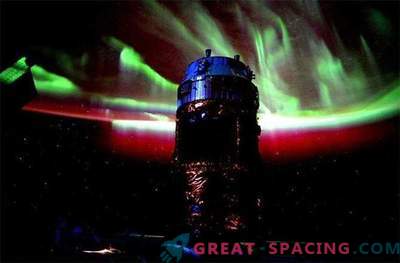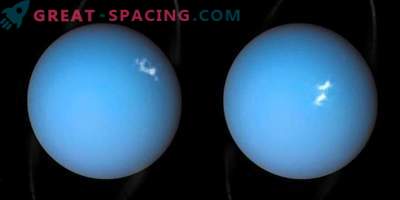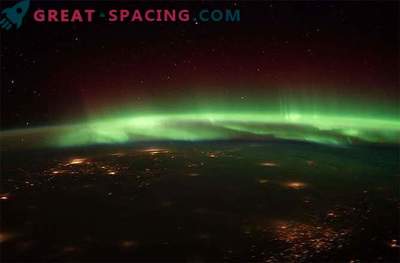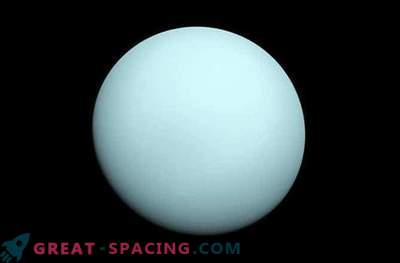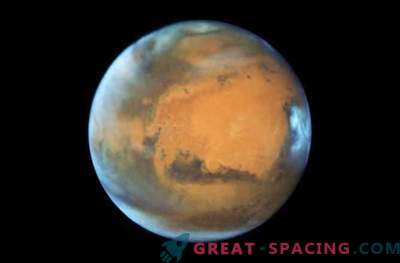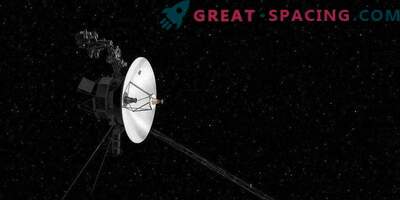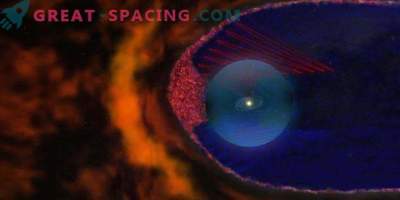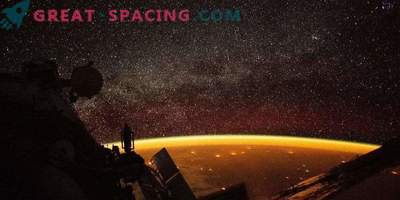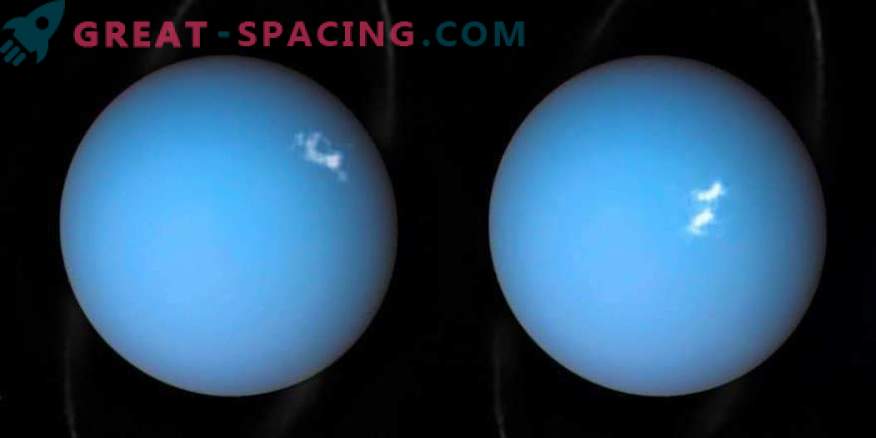
On the first day of the 15th annual European Space Weather Week, this photo from the Hubble Space Telescope perfectly demonstrates the amazing phenomenon of celestial weather in the outer regions of the solar system. Here is the aurora of Uranus.
Auroras (northern lights) - a relatively familiar form of space weather for the Earth, which is constantly observed on other planets. The northern and southern aurora of the Earth show bright ripples of waves of light that color the sky in shades of green, red, violet and blue.
These amazing events are created when streams of energetic charged particles enter the upper layers of the Earth’s atmosphere at a height of up to several hundred kilometers and come into contact with atoms and molecules of oxygen and nitrogen. As a result, photons are released at certain visible wavelengths or colors (green and red for oxygen, blue and violet for nitrogen).
Hubble observed the aurora of Uranus at different times: in 2011, the telescope was the first to display this phenomenon from terrestrial surroundings, and in 2012 and 2014 it added data beyond the visible light. In a specific observation of 2014, scientists were able to determine that the twinkling auroras of the planet rotate with Uranus. Observations also made it possible to detect the magnetic poles of the planet and to track two interplanetary impacts propagating through the solar system. These shakes are caused by powerful bursts of material ejected by the stellar solar wind — a continuous stream of charged particles from the star.
In the photo, auroras are visible as bright white spots on the blue surface of the planet, combining optical and UV observations of the Hubble telescope with archive data from the Voyager-2 spacecraft. Voyager 2 was the first and last visitor to Uranus to rush past the planet in January 1986, and also past Neptune in August 1989.
